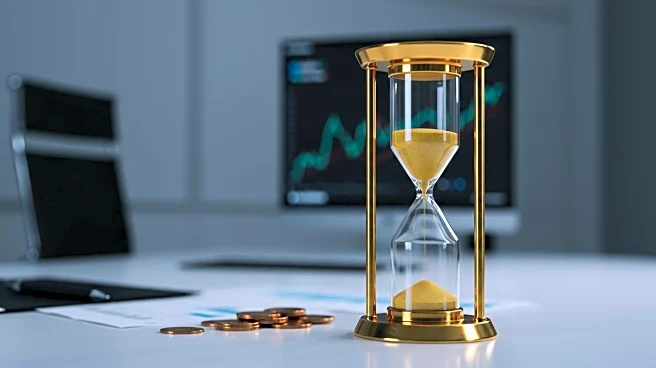What's Happening?
Gold is being discussed as a revolutionary asset against an expiring economic system that has favored the wealthy. The current economic framework, characterized by monetary and fiscal policies, has enriched asset owners while disadvantaging the middle and lower classes. The historical context of gold's role in inflationary periods, such as the 1980s, is being revisited as gold prices remain high despite recent corrections. The article suggests that gold represents value and stability in a system perceived as rigged, with its price movements reflecting broader economic and social dynamics.
Why It's Important?
The discussion around gold as a revolutionary asset highlights ongoing concerns about economic inequality and the sustainability of current fiscal and monetary policies. Gold's enduring value is seen as a counterbalance to inflationary pressures and economic instability. This perspective resonates with investors seeking to protect their wealth in uncertain times. The critique of the economic system underscores the need for policy reforms that address wealth disparities and promote equitable growth. Gold's role as a safe haven asset continues to be relevant in discussions about economic justice and financial security.
Beyond the Headlines
The narrative of gold as a revolutionary asset raises ethical and cultural questions about wealth distribution and economic fairness. The historical context of gold's role in economic cycles invites reflection on past policy decisions and their long-term impacts. As debates about economic inequality intensify, gold's symbolic and practical significance may influence future policy discussions and investment strategies. The potential for a shift in investor behavior towards assets like gold could signal broader societal changes in attitudes towards wealth and value.











